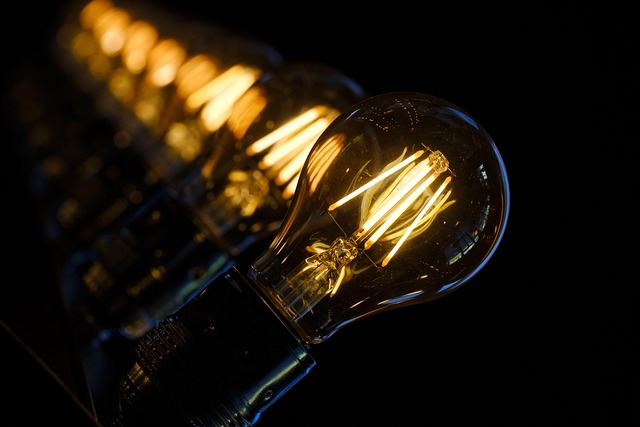Shining a Light on the Connection Between Coma and Circadian Rhythms
When we think about the phenomenon of coma, our minds often drift to the shadows of despair and uncertainty. A deep state of unconsciousness can evoke feelings of loss and helplessness, not only for those enduring the condition but also for the loved ones who stand vigil at their bedside. However, emerging research sheds light on an intriguing aspect of this stark reality: the interplay between coma and our natural circadian rhythms.
Circadian rhythms, the internal biological clocks that regulate our sleep-wake cycles, play a crucial role in our overall well-being. These rhythms influence everything from our hormone levels to our energy levels and mood. But what happens when these rhythms are disrupted, as is often the case with those in a coma? Understanding this connection can illuminate possible pathways to recovery and healing.
The Role of Light
Light is a powerful force; it wakes us from slumber and helps regulate our bodily functions. For individuals in a coma, exposure to light—or lack thereof—may impact brain recovery. Studies suggest that light exposure can stimulate certain brain functions and potentially aid in the restoration of consciousness. This phenomenon highlights the importance of a well-lit environment even when one is in a state of deep unresponsiveness.
During the day, natural sunlight can penetrate hospital rooms, offering an essential lifeline to the brain’s natural rhythms. In contrast, darkness signifies rest and restoration, a reprieve from external stimuli. Finding the right balance in lighting could potentially affect brain activity, contributing to gradually awakening someone from a coma.
Medical Insights
Recent research has explored how the manipulation of light in a clinical setting can lead to improvements in patient care. For instance, light therapy has started to find its way into rehabilitation programs, especially for patients in a coma. By aligning light exposure with natural sleep cycles, caregivers can create an environment that may support the body’s attempts to re-establish circadian rhythms.
This connection between coma and circadian rhythms not only challenges the conventional understanding of comatose states but also opens up a world of possibilities in treatment. It emphasizes the necessity for caregivers to consider environmental factors, like lighting, when tending to patients who have lost their connection to the waking world.
Personal Narratives
The emotional weight carried by families of those in a coma can feel as heavy as the atmosphere in a dimly lit room. However, amidst the heartbreak, there are stories of hope. Families that have taken an active approach to advocate for patients’ light exposure often share how they witnessed gradual improvements. The flicker of awareness, the gentle squeezing of a hand, can all serve as signs that the body is responding positively to an environment that supports its natural rhythms.
By sharing these narratives, we highlight not only the struggle but the resilience found in such trials. In a world where darkness can feel overwhelming, the right kind of light can make a substantial difference. Each flick of a switch, every moment spent basking in natural sunlight can become a beacon of hope for those navigating the traumatic landscape of coma.
In recognizing the profound link between coma and circadian rhythms, we may pave the way for innovative approaches that prioritize not just biomedical strategies, but also the holistic well-being of patients. Lighting the path toward recovery with awareness can transform despair into a journey of healing and understanding.




